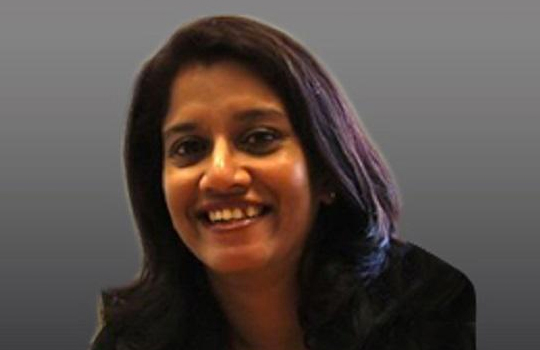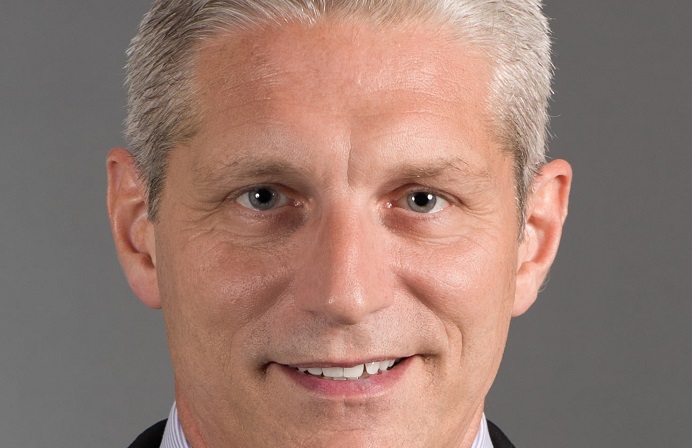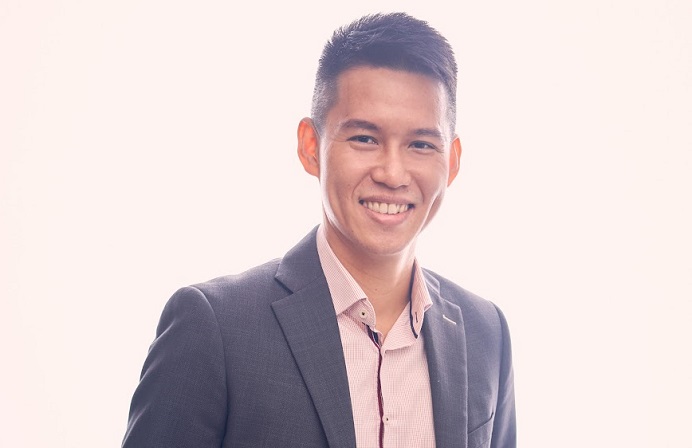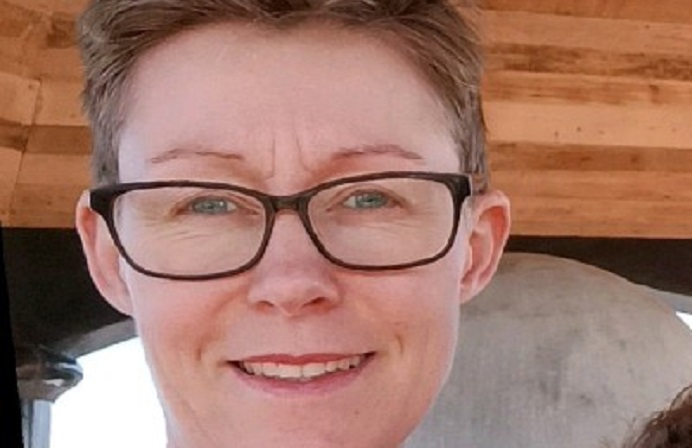
Manulife’s Asia Head of Client Centricity speaks to FST Media about the role of data analytics and customer satisfaction in the insurance industry.
FST Media: What are your priorities for the next 12 to 18 months?
Verma: A structured and Asia-wide approach to client centricity was initiated in 2013 by our Global CEO, Donald Guloien. It is a relatively new concept for the company and Guloien’s message was that it will be one of the key strategic initiatives for Manulife to fulfil our goals as an organisation.
I think client centricity and the concept of customer experience is something that the insurance industry right now is just beginning to adapt to. There are four key phases for Manulife: Discover, Plan, Act and Optimise. We are in the discovery phase, discovering what is our best proposition for working in the environment that Manulife operates. Manulife’s Asia division has 11 countries and all of them are on a fairly broad spectrum. Some are very mature markets for Manulife, such as Hong Kong, Japan, Indonesia, and some markets including Cambodia and Vietnam are in their infancy.
Our plan is to first and foremost get to know our clients much better. Client centricity in Asia is structured around five pillars: organisational culture; getting to know the client; product and solutions; advisors and distribution; and technology service and operations. In 2014, we concentrated on knowing the client and there were many client analytics initiatives put into place. Manulife has a region-wide initiative to get to know the client and gain consumer insights. We need to have a structure with a consistent measure across the region on how we look at satisfaction and advocacy. Manulife has introduced a measure called ‘Relationship Strength Index’ (RSI) and we are getting results on this across the region.
Over the next 12 to 18 months, we will be concentrating on concepts of personalisation and simplification across the other pillars, focusing on our distribution and our key partners which are the agents. We will be focusing on delivering customer experience via our distribution channels in a simple and personalised manner. Behind our 12 to 18 month plan, we will have a lot of ground work in terms of engaging with our agents and distributors, in addition to understanding the challenges they have.
We are introducing a distributor plan where our agents can share their views on products with us, together with processing organisation support or providing solutions to our clients. There is a lot of work happening in the back -end over the next 12 to 18 months, but the focus will be on simplifying, personalising and delivering an experience through our distributors and agents.
FST Media: What technology or innovation will be a game changer for the insurance industry in the year ahead?
Verma: I think that digital is going to play a very important role in the next two to three years. The traditional insurance exchange has been predominantly face-to-face interactions, where a trusted advisor has usually been involved in delivering the experience. I think a large part of this will continue, but at the same time companies who are delivering the holistic experience digitally are investing in building a platform. If we want to continue to engage with the millennial generation, which are digital natives, then digital is a definitely a platform that will make a big difference to the both the lives of the organisation and the client.
I think the other key point for consideration is how can we deliver customised solutions. This is going to be another key innovation because digital natives are very aware of what they can do with their money in ensuring and insuring their future. I do not think mass products would work anymore, they would have to be customised.
FST Media: How is Manulife identifying and overcoming operational bottlenecks to create an end-to-end seamless customer experience?
Verma: The fact remains that technology is going to play a very big role in creating an end-to-end experience. Currently, Manulife has held 11 leadership workshops across the division in 11 countries where we have spoken about the concept of client journey mapping. The workshops focused on the idea that there has to be an ‘outside-in’ perspective to how we deliver. All those concepts are being embedded across the organisation and we are trying to strengthen the awareness that we have to put clients at the centre of our focus.
The end-to-end experience will come once we understand the full journey of the client and how the client chooses to interface with us. We need to understand the clients more in their logical segments, identify them as personas and what makes them have a pre-purchase thought, in addition to what happens to their lives after purchasing. Knowing the client end-to-end in the full client journey is important for us and we need technology there to support our insights. If we have a single view of the client, in terms of how and when the client reached us, then we would be able to deliver the experience more seamlessly. However, if the technology is not capturing some elements and is not able to give us a single view of what is going on with the client, then that will not be a successful use of the technology.
Knowing the client’s journey, understanding what makes him or her tick and then being able to capture all this information through technology to gain useful insights is key to delivering a seamless experience.
FST Media: How will you leverage digital channels to enhance customer centricity?
Verma: Different parts of the division are at different levels of delivering digital experiences. Some of our markets may not be as advanced as we want them to be, so right now we are investing a lot of energy and effort in terms of making sure that our various digital assets are client-friendly, intuitive, simple and easy to do business on. We have to ensure this is the case across all of our digital assets. It is easier said than done because we are not talking about tangible product offerings, it is more a financial solution that the client has to be taken through and traditionally this was done face-to-face.
With digital channels we cannot borrow from banks because banks are also transacting. For us, there is no ready template that can be implemented. We are trying to understand the journey, we are segmenting our clients, we are creating personas, and then we are asking, ‘How would our client want to interface with us and which digital application is important for each individual customer?’
Digital channels have to be tailored to the segment and person that we are talking to and it has to have a localised understanding of what works and what does not work.
FST Media: What impact does the customer have on insurance operations? How will this change in the future?
Verma: I think a lot of back-end and supporting processes will have to become as automated as possible or as simple as possible because, irrespective of the segment, the client today wants it here and now.
The back-end expectation is that delivery is going to be fairly instantaneous, error free and simple. This has to be something that organisations will have to build towards and ensure that data is being captured holistically on the back-end, regardless of the contact point the customer chooses.
FST Media: Will Manulife’s implementation of ‘TechLounges’ reach Asia, and how will this add value to the customer experience?
Verma: We are very keen on understanding the Asia market to help add value to the customer experience. However, Asia is a very different market, and we borrow experiences quite seamlessly across the world.
In terms of TechLounges, we talk about digital, but the technology penetration in Cambodia, for example, would be very different to that of Japan, so we would have to adapt the idea to work for each market in Asia, but it is an interesting concept which we will evaluate. The platform has to be there for it to be effective for our clients.
FST Media: What role will data analytics play in the future of customer satisfaction in the insurance industry?
Verma: I think analytics is going to be huge and not just in insurance. Being able to make sense of your data and harnessing business applicable data is a very powerful tool for Manulife. That is the reason why we have taken on the initiative of constructing a framework where analytics can be put to use to deliver experience and also to understand the predictive nature of buying moving forward.
We cannot do this without analytics, so we hope that once the analytics engine is embedded across Asia, we will be able to know our clients better. We have fairly robust data sitting in the system, however, what we need to do now is to distribute the data, match it up and see how we can use this information to give more texture to our customer’s personas.
This is important because engaging with our client’s behaviour in terms of what they will purchase next, and where they are in their life stage – all this is possible with data. Insurance has access to very large and complex data which must be put to good use to know and understand our clients a lot more.
The outcome of using this data is that I can predict what our clients are looking for be able to proactively suggest solutions. Secondly, I can also understand how the client is likely to behave in their interactions with the organisation, such as their preferred channels of communication. Data allows us to be more intuitive rather than just blindly approaching a customer. Analytics sits at the centre of getting to know your client.
FST Media: What is your most effective customer acquisition channel and why?
Verma: Our distribution channel and our agency are still the most effective customer acquisition channels in a large number of markets. We can definitely improve the experience by arming our advisors with information before they approach the client, but having said that, the idea of a face-to-face conversation will continue to be an important channel for us. This is because the client needs engagement and multiple meetings to come to the conclusion as to what is the best solution for them.
However, I do see alternative channels emerging very quickly, such as our partnership with banks or other partners in the market where they need to engage with their clients in their premises. Bancassurance partnerships are the second most important element for us and it is moving quite fast.
FST Media: How do you encourage a culture of innovation in your team?
Verma: We actually have a position within the organisation for innovation. We have dedicated professionals in the user experience design for consumer insights, so for us to be innovative and move forward, innovation is very important. There is an innovation council at Manulife which actively encourages a different thought process. It is not easy for our staff because Manulife is an old financial institution which traditionally has been following a certain pattern.
However, I am pleasantly surprised at the rate at which new ideas and technology enabled ideas are gaining ground at Manulife Asia. This comes from the fact that new ideas are actively engaged, funding is increasingly available, and it has become encouraging to see the progress being made. The concept of innovation trickles down from the leadership team.
FST Media: Every leader has a legacy they wish to be remembered for, what is yours?
Verma: If I can deliver a consistent experience across Asia, which is also tailored for the local market, I would have done my job. Subsequent generations would then have to build on this and make it a deeper and better experience. My aim is to deliver an umbrella framework that works effectively for the Asia division within the next two to five years.





